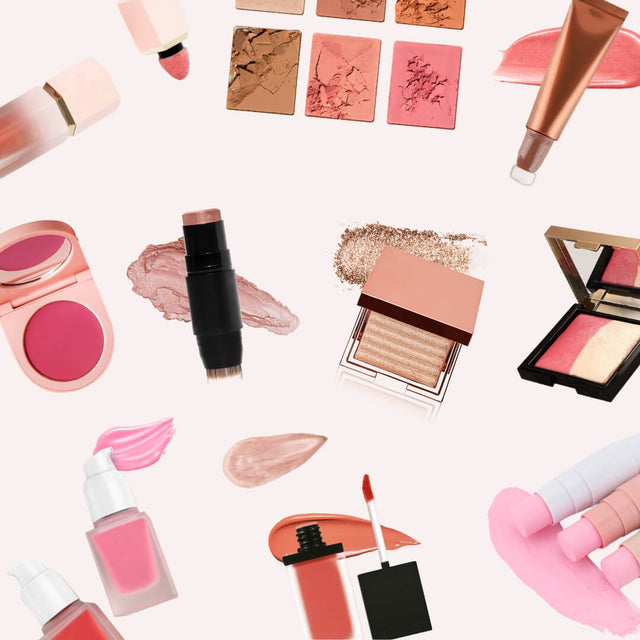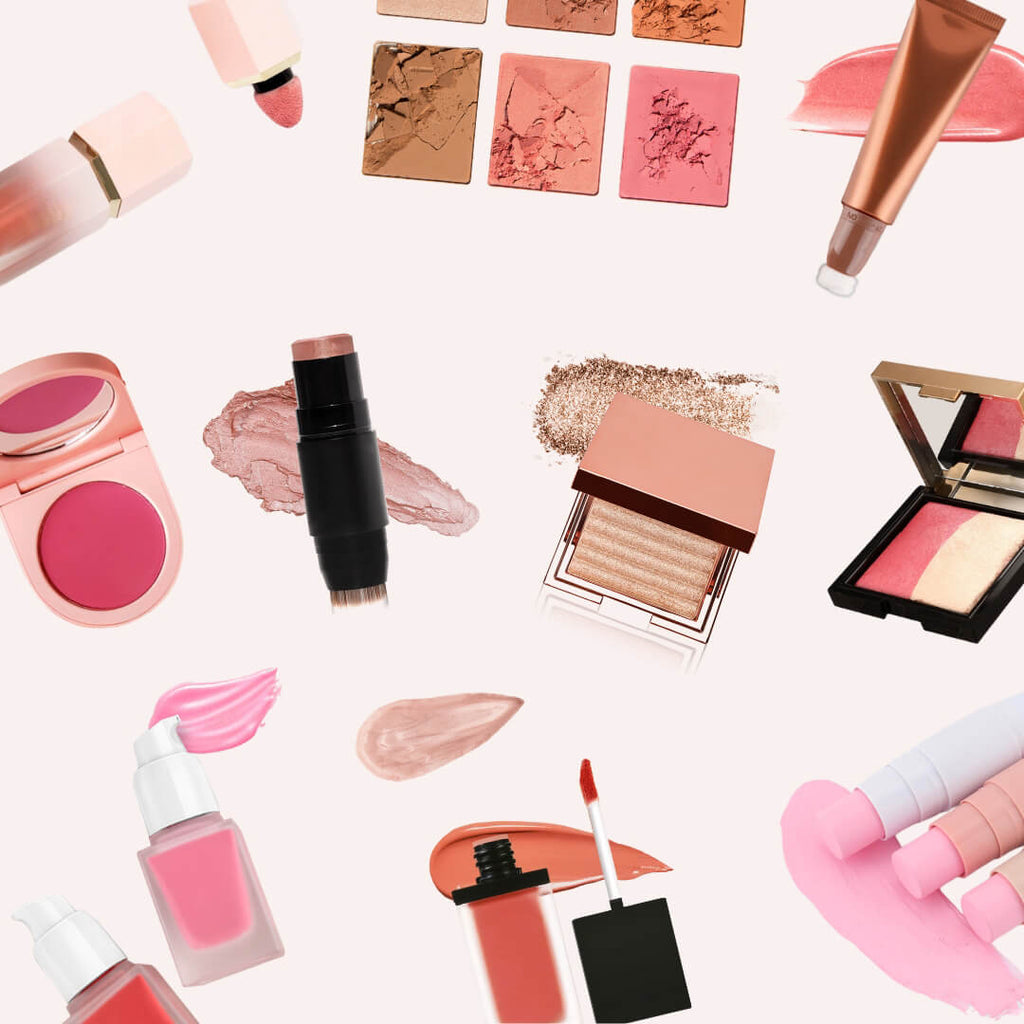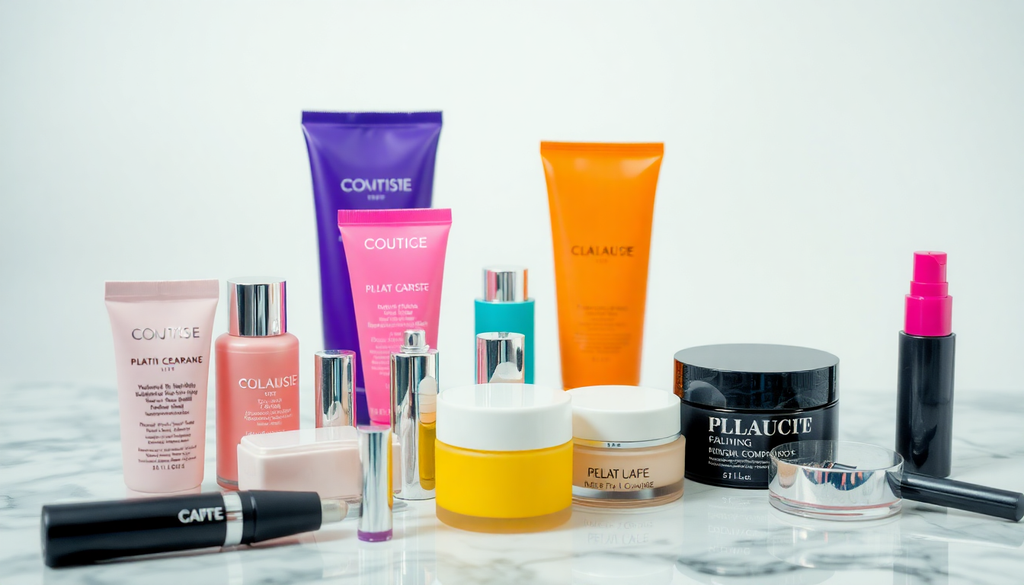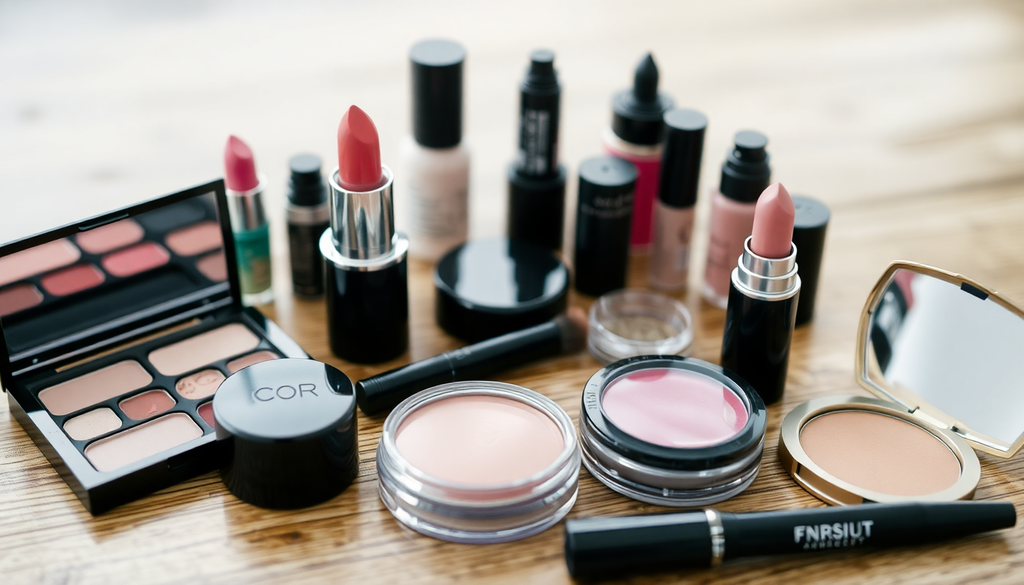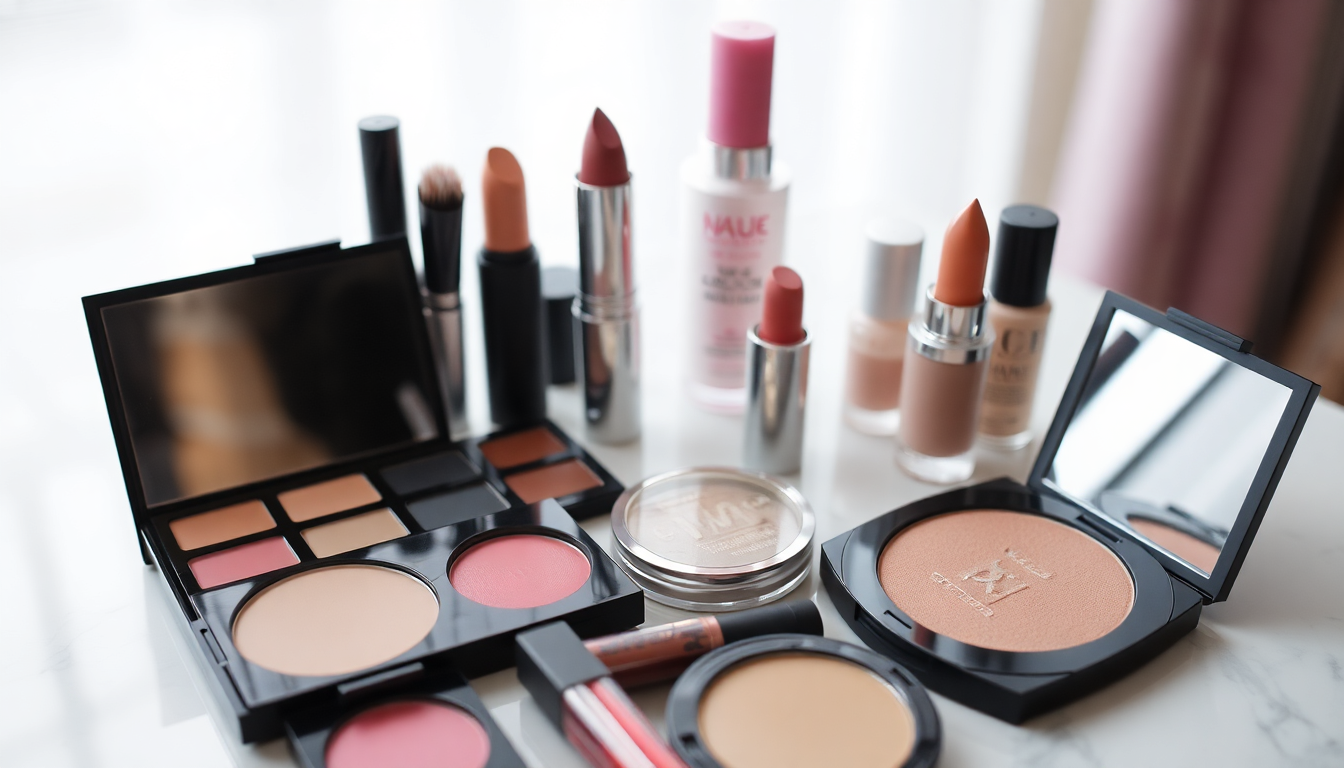
Unlocking the Beauty Industry: Essential Steps for Establishing Your Private Label Makeup Brand in New Zealand for 2025
Introduction
The beauty industry is a vibrant and ever-evolving space, making it an exciting time to establish a private label makeup brand in New Zealand. As we venture into 2025, the demand for innovative and personalized cosmetics continues to rise. This comprehensive guide is designed to equip you with the essential steps needed to launch your private label makeup brand successfully, from understanding local regulations to mastering online marketing strategies.
1. Understand the Beauty Market Landscape
Before diving into your private label makeup venture, it's essential to understand the current beauty market landscape in New Zealand. Conducting thorough market research will help you identify opportunities and challenges. Key areas to focus on include:
- Consumer Preferences: Explore current beauty trends, popular products, and what consumers in New Zealand are looking for in makeup. Recent trends indicate a growing preference for sustainable and cruelty-free products, as well as inclusivity in shades and formulations.
- Competitive Analysis: Analyze existing brands in the market. Identify their strengths and weaknesses, pricing strategies, and customer engagement techniques. This will help you pinpoint your unique selling proposition (USP).
- Market Gaps: Look for unmet needs in the market. This could be anything from a specific product type that’s lacking, to a demographic that is underrepresented in the current offerings.
2. Comply with New Zealand Cosmetic Regulations
Establishing your makeup brand legally in New Zealand requires compliance with local regulations. Understanding these rules will not only help you avoid legal issues but also build consumer trust. Key points include:
- Labeling Requirements: Familiarize yourself with the Cosmetic Products Group Standard (CPGS), which governs cosmetic labeling in New Zealand. Ensure that all products are labeled accurately, including ingredient lists, usage instructions, and any necessary warnings.
- Ingredient Safety: Verify that all ingredients used in your formulations comply with the New Zealand Food Standards. Some ingredients are restricted or prohibited, so it’s crucial to stay informed about these regulations.
- Allergen Regulations: Clearly identify any allergens in your products. This not only protects consumers but also safeguards your brand from liability issues.
3. Partner with a Reliable Manufacturer
Choosing the right manufacturer is one of the most critical steps in launching your private label makeup brand. A reliable manufacturer will ensure product quality and consistency. Consider the following when selecting a partner:
- Quality Assurance: Look for manufacturers that adhere to Good Manufacturing Practices (GMP). Request samples to assess product quality before making a decision.
- Customization Options: Ensure the manufacturer allows for product customization, including formulations, colors, and packaging. This flexibility will enable you to create unique products that stand out in the market.
- Production Capacity: Verify that your chosen manufacturer can meet your production needs. Consider their lead times and ability to scale production as your brand grows.
- Communication and Support: Choose a manufacturer that is responsive and supportive throughout the process. Good communication is essential for addressing any issues that may arise.
4. Develop Your Brand Identity
Creating a strong brand identity is crucial for establishing a connection with your target audience. Your brand should convey your values and resonate with consumers. Focus on the following elements:
- Brand Name: Select a memorable and relevant name that reflects your brand's mission and product offerings. Ensure it is unique and available for trademark registration.
- Visual Branding: Design an eye-catching logo and packaging that align with your brand's aesthetic. Consider hiring a professional designer to create a cohesive visual identity.
- Brand Voice: Establish a consistent tone and messaging style across all platforms, including your website, social media, and marketing materials. This consistency builds brand recognition and loyalty.
5. Set Up an Online Store
In today’s digital landscape, having a robust online presence is essential for any makeup brand. Here’s how to set up a successful online store:
- Choose an E-commerce Platform: Select a user-friendly e-commerce platform such as Shopify, WooCommerce, or BigCommerce. Consider factors like pricing, ease of use, and integration options.
- Optimize for SEO: Utilize relevant keywords throughout your website, including in product descriptions, blog posts, and metadata. This will help improve your search engine ranking and drive organic traffic to your site.
- High-Quality Images: Invest in professional photography to showcase your products. High-quality images can significantly impact consumer purchasing decisions.
- Payment and Shipping Solutions: Integrate secure payment gateways (like PayPal, Stripe, or Afterpay) and offer flexible shipping options. Consider partnering with local courier services for faster delivery.
6. Create a Marketing Strategy
Implementing a robust marketing strategy is vital for the success of your private label makeup brand. Here are some effective strategies to consider:
- Social Media Marketing: Utilize platforms like Instagram, TikTok, and Facebook to engage with your audience. Share content that showcases your products, behind-the-scenes looks, and user-generated content.
- Influencer Partnerships: Collaborate with beauty influencers and bloggers to increase brand visibility. Choose influencers whose audience aligns with your target demographic for maximum impact.
- Email Marketing: Build an email list to keep customers informed about new product launches, promotions, and brand stories. Personalize your emails to enhance engagement and increase conversion rates.
- Content Marketing: Create a blog or resource section on your website where you can share beauty tips, tutorials, and industry insights. This can position your brand as an authority in the beauty space.
- Pay-Per-Click Advertising: Consider using PPC advertising on platforms like Google and Facebook to reach a broader audience. Target specific demographics based on interests, behaviors, and location.
7. Monitor and Adjust Your Business Strategy
Once your brand is launched, continuous monitoring and adaptation are essential for long-term success. Focus on the following:
- Customer Feedback: Regularly gather feedback through surveys, reviews, and social media interactions. Use this information to improve your products and services.
- Sales Analysis: Track sales data to identify trends and patterns. This will help you understand which products are performing well and which may need adjustments.
- Market Research: Stay informed about new trends and shifts in consumer behavior. Regularly conduct market research to adapt your product line and marketing strategies accordingly.
8. Plan for Sustainability and Ethical Practices
In 2025, consumers are increasingly concerned about the sustainability and ethics of the brands they support. Consider implementing the following practices:
- Sustainable Sourcing: Opt for eco-friendly ingredients and packaging materials. This not only appeals to environmentally conscious consumers but also reduces your carbon footprint.
- Transparency: Be open about your sourcing, production methods, and ingredient lists. Transparency fosters trust and loyalty among customers.
- Community Engagement: Support local communities by partnering with local suppliers and giving back through charity initiatives or collaborations.
9. Networking and Building Relationships
Building relationships within the beauty industry can open doors for collaboration and growth. Consider these networking opportunities:
- Attend Industry Events: Participate in beauty trade shows, conferences, and workshops to connect with other professionals and learn about industry trends.
- Join Professional Organizations: Becoming a member of beauty industry associations can provide valuable resources and networking opportunities.
- Collaborate with Other Brands: Explore partnerships with complementary brands for co-marketing opportunities that can enhance brand visibility.
Conclusion
Establishing a private label makeup brand in New Zealand in 2025 is a challenging yet rewarding venture. By following these essential steps—from understanding market dynamics to implementing effective marketing strategies—you can successfully navigate the beauty industry and create a brand that resonates with consumers. With a commitment to quality, sustainability, and innovation, your private label makeup brand can thrive in this competitive landscape.

